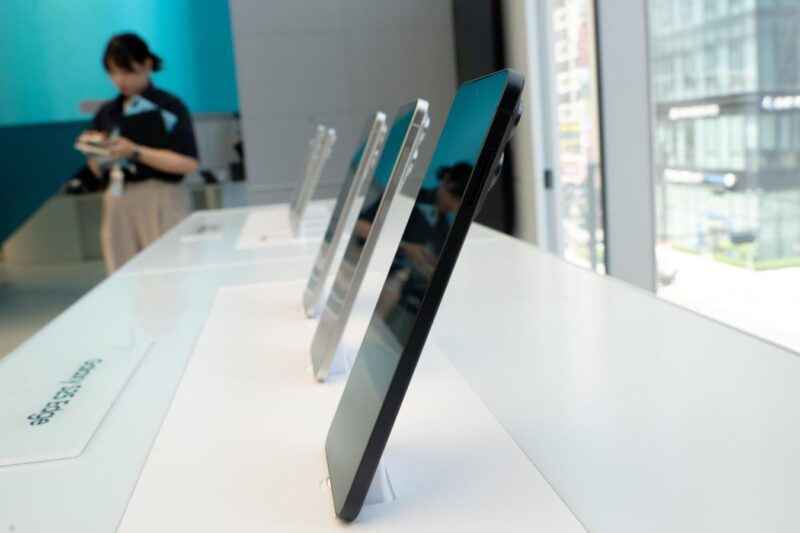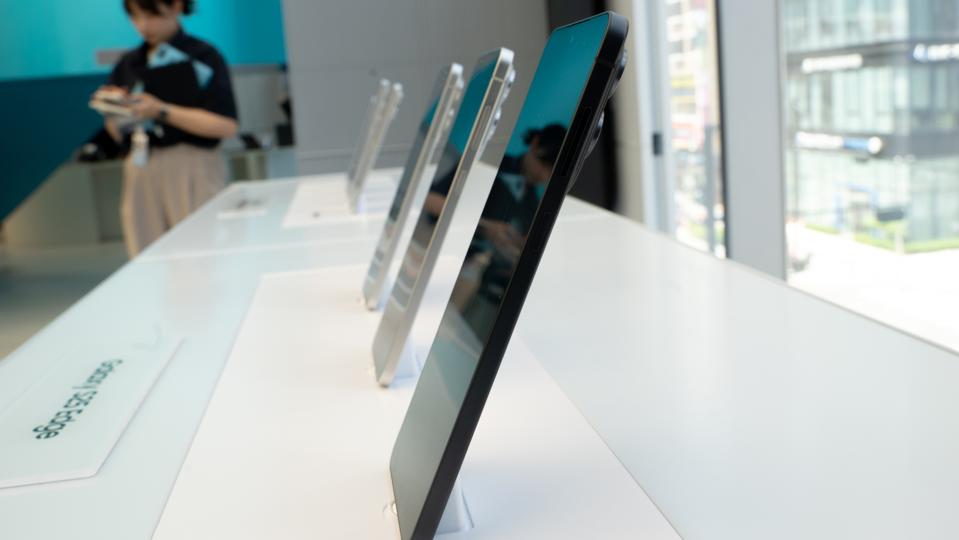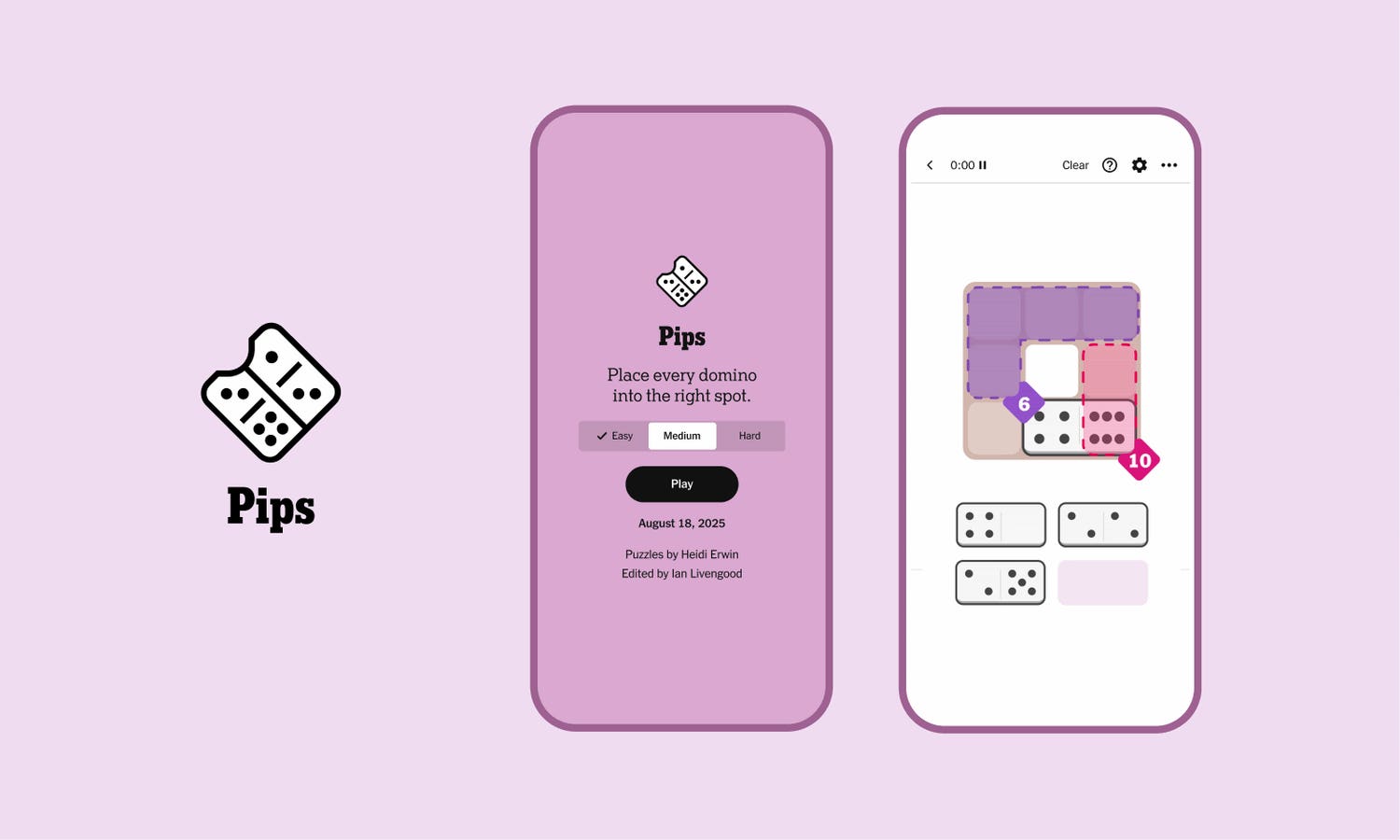Samsung Galaxy S25 Edge is displayed at Samsung Gangnam in Seoul, South Korea on May 14, 2025. (Photo by Hwawon Lee/Anadolu via Getty Images)
Anadolu via Getty Images
Taking a look back at this week’s news and headlines across the Android world, including Samsung’s Galaxy S26+ surprise, Pixel 10a launch, OnePlus 15 details confirmed, Xiaomi 15T Pro features, Developer verification controversy and remembering the Robin.
Android Circuit is here to remind you of a few of the many discussions around Android in the last seven days. You can also read my weekly digest of Apple news here on Forbes.
Galaxy S26+ Surprise
Samsung’s release of the Galaxy S25 Edge at the start of summer 2025 kicked off a flurry of thin phones that came to a crescendo with the iPhone Air. All are packed with new technology and techniques to bring the depth down, but are they selling? Samsung was expected to drop its Plus model and launch the Galaxy S26 family with three models; the Vanilla, the Edge and the Ultra. The Elec reports that, due to poor sales of the S25 Edge, Samsung has restarted development of the Galaxy S26+ ahead of the first Galaxy Unpacked launch event in 2026.
Pixel 10a Launch Date
Google has traditionally launched an “a” version of its Pixel handsets around 8 months after the main line — the Pixel 9a was announced March 19 2025, following the Pixel 9 and Pixel 9 Pro launch on Aug 13 2024. Will the Pixel 10a stay on schedule, or will it arrive earlier? Android Headlines’ Nickolas Diaz discusses the potential of the Pixel 10a arriving before the end of 2025. That would put pressure on Samsung’s Galaxy S26 family, scheduled for an early 2026 launch, and Apple’s iPhone 17e due in March 2026.
OnePlus 15 Details Confirmed
OnePlus has announced the upcoming OnePlus 15 smartphone. The phone has not been released yet, so judging the impact of the new protective ceramic coating will need to wait a bit longer. Before then, Forbes’ Senior Contributor David Phelan has highlighted the importance of the Qualcomm Snapdragon 8 Elite Gen 5 that lies at the heart of the new smartphones. This will be one of the first handsets to utilise the new flagship, featuring enhanced capacity for local AI processing and improved performance.
Xiamoi’s 15T Pro Flagship Killer
What’s the right move to make when you launch a flagship smartphone? Launch a flagship-killer at the same time! That’s the strategy employed by Xiaomi with the launch of the Xiaomi 17 family (the flagships) and the Xiaomi 15T and 15T Pro (the flagship-killers). With a heavy focus on the design of the smartphone, I took a closer look at the 15T Pro earlier this week.
An AI-Powered OS From Nothing?
Nothing Tech has said that it has taken “the first step towards an AI-native operating system,” although it should be noted that the first steps are not actually an operating system. Rather, it is an app store called Playground that showcases apps created by Nothing’s Essential Apps tool that builds simple apps from written prompts. Robert Hart at The Verge looks at the impact that AI-generated mobile apps could have in the future and the early implementation Nothing is displaying.
Google Addresses Some Developer Concerns
Google has addressed some concerns over its plans to force developer verification on the entire Android ecosystem. An upcoming requirement will be that every application — not just those published in the Google Play store — will need to be signed by Google and each developer creating a verified account that identifies them to Google.
It is this issue that many feel is problematic. Writing on the Android Developer Blog, the Google team state “We want to make sure that if you download an app, it’s truly from the developer it claims to be published from, regardless of where you get the app. “
And Finally…
The history of smartphones has many significant milestones along the way, including those from companies such as Apple, Samsung, Nokia, and BlackBerry. There are more minor roads that have been taken but never thoroughly explored. Joe Fedwa looks back at one such missed opportunity, as he remembers the Nextbit Robin. Launched in 2016, the Robin was built around relying on cloud storage for everything —a concept that has undoubtedly become more prevalent nine years later. However, Nextbit never lasted the journey.
Android Circuit rounds up the news from the Android world every weekend here on Forbes. Don’t forget to follow me so you don’t miss any coverage in the future, and of course, read the sister column in Apple Loop! Last week’s Android Circuit can be found here, and if you have any news and links you’d like to see featured in Android Circuit, get in touch!









